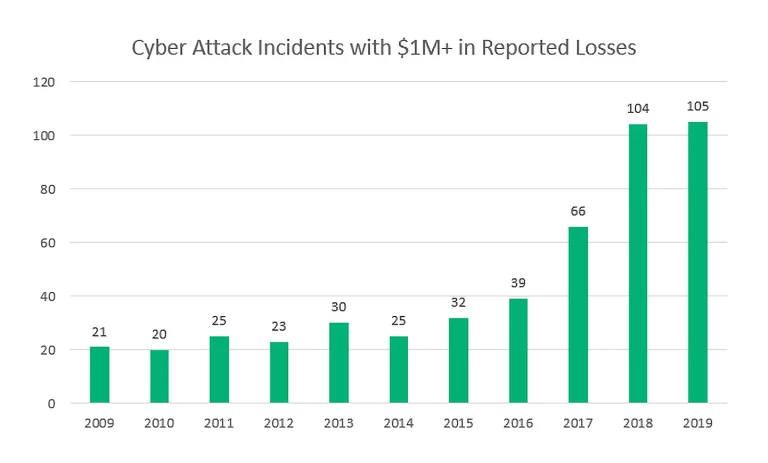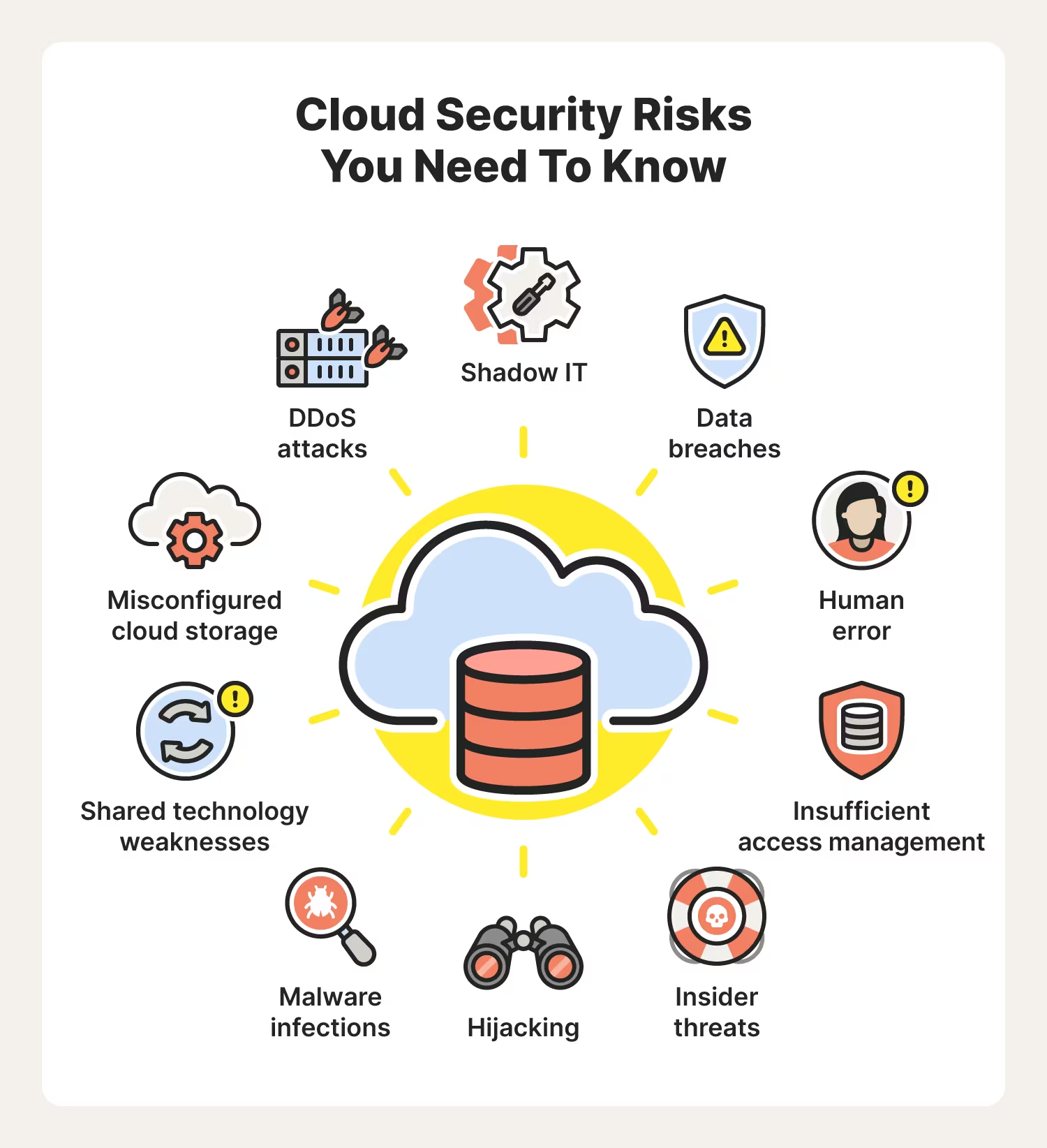Internal threats are often one of the biggest risks that an organization will face. These threats may be intentional or unintentional. But regardless of the motive (or lack of motive) behind them, they can cause massive disruptions to an enterprise, impacting business uptime, productivity, profits, and reputation. The three main types of insider threat activities are fraud, data theft, and system sabotage.
To protect your organization from all manner of minor and major security incidents, you need to be able to deal with internal IT security threats. Here are some of the main varieties of internal threats and the ways you can combat them.
What is Shadow IT?
Shadow IT involves the use of unauthorized third-party software that ends up being difficult to trace. Employees may use these applications to lighten their workload, but they may not realize that doing so can jeopardize the company’s security. Often, unauthorized third-party software imposes a weak data security implementation. And so using it runs the risk of a data breach.
To protect your private company data from shadow IT, you need to ensure that employees only use authorized software when performing their tasks. This requires a company to have open communication with its employees about their technological needs.
Unauthorized Devices
The use of unauthorized devices, such as dongles or external hard drives, can also be an internal threat. These portable devices are convenient for the employee, allowing him or her to access or transfer company data from one computer to another.
The problem is that these devices also make it easier for employees to lose valuable company data. An even worse outcome would be this data ending up in the hands of a malicious external actor.
Bring your own device (BYOD) policies may also allow employees to use their own smartphones and laptops to carry out work-related tasks. However, this also creates additional cybersecurity risks. For example, their devices may become corrupted by malware, end up lost or stolen, or be more susceptible to data theft due to security vulnerabilities in certain applications,
To mitigate the use of unauthorized portable devices like dongles and external hard drives, a business can block all peripheral ports of the laptops or computers used by employees. A further solution is for the company to control the personnel allowed to carry and use these types of devices.
In terms of BYOD policies, enterprises should make sure that these policies are clear and that employees know how to adequately keep company data secure when using their own devices for work-related tasks. Another option would be for companies to prohibit the use of personal devices for such tasks, which an increasing number of organizations are deciding to do.
Excessive Access Privileges
When too many people have access to the most critical assets, this creates an increased risk for data misuse or compromise. For example, granting DBA permissions to regular users to do IT work would be an example of a careless insider threat.
To prevent employees from misusing their access privileges, businesses need to ensure they grant employees only the permissions they need. Methods for achieving the required level of access granularity include role-based access control and just-in-time privileged access management.
Data Sharing Outside the Company
Many internal data security threats are due to employees acting carelessly. One example of this includes employees sharing sensitive data publicly. All it takes is for one employee to hit the reply-all button my mistake in an email, leading to information being sent to many wrong email addresses.
Training can only do so much to prevent these incidents, which involve human errors that we are all prone to. Nonetheless, organizations can implement data loss prevention (DLP) tools, allowing them to keep track of sensitive data and ensure that its transfer, whether by email or other internet services, is limited or blocked entirely.
Social Engineering and IT
Social engineering involves a mix of external and internal threats. There are cases whereby an external threat actor can manipulate employees into giving up passwords or other confidential information. External actors may achieve this by impersonating friends or other trusted sources and request sensitive information. They might also send emails, encouraging employees to click on links that install malware on the company’s system.
Anti-malware and antivirus software can help deal with malicious emails. But companies can best tackle social engineering through training. Employees need to know how they might be approached by external hackers and how they should respond when receiving suspicious requests.
Physical Theft of Company Devices
In today’s increasingly mobile work environment, employees will often take their work laptops and portable devices out of the office. Whether employees are working remotely, visiting clients, or attending industry events, work devices can leave the security of company networks vulnerable to both physical theft and outside tampering.
Encryption is a reliable way to protect your company against physical theft. Whether it’s laptops, smartphones, or USBs, encryption removes the possibility of anyone being able to access the information on a device he or she has stolen. Enabling remote wipe options will also allow your organization to erase all data on stolen devices from a distance.
By understanding all of these possible internal IT threats and their related solutions, you will be well-positioned to create a comprehensive security strategy. Malicious external hackers shouldn’t be the sole focus of a cybersecurity team. Internal threats equally deserve your attention.
Cyberlocke is a comprehensive, full-service IT services provider that architects and implements efficient and secure solutions for enterprise customers and their data centers. We specialize in security , cloud , managed services , and infrastructure consulting. Contact Us today to learn more.


